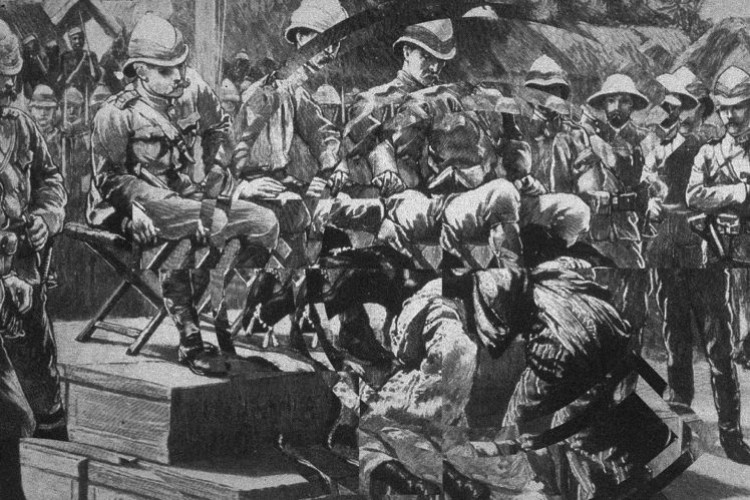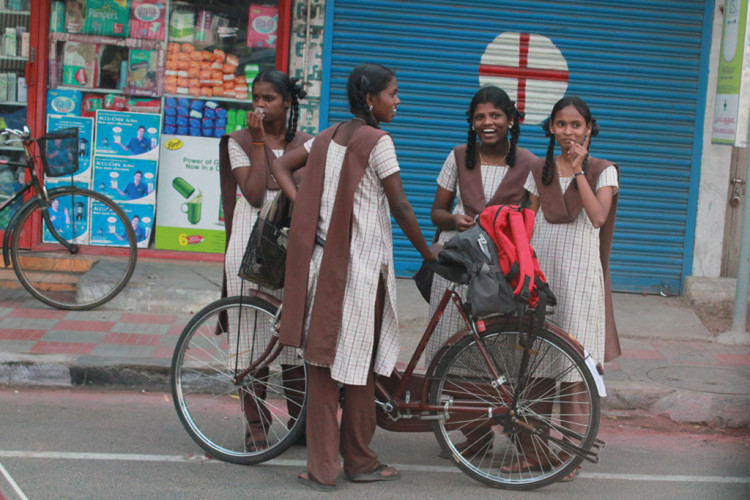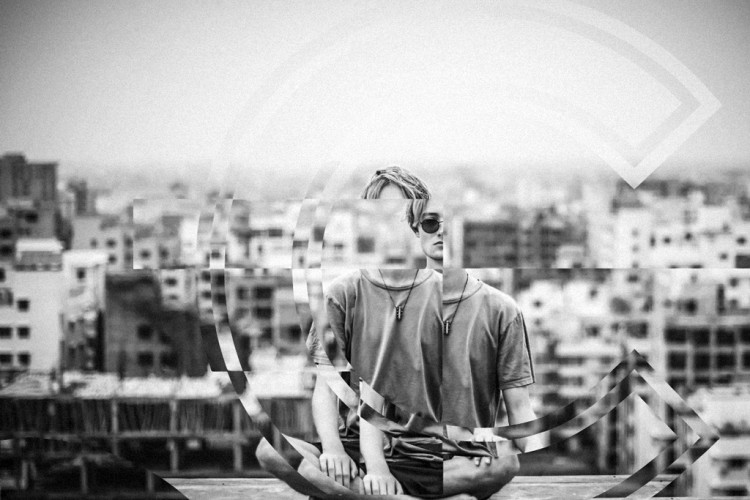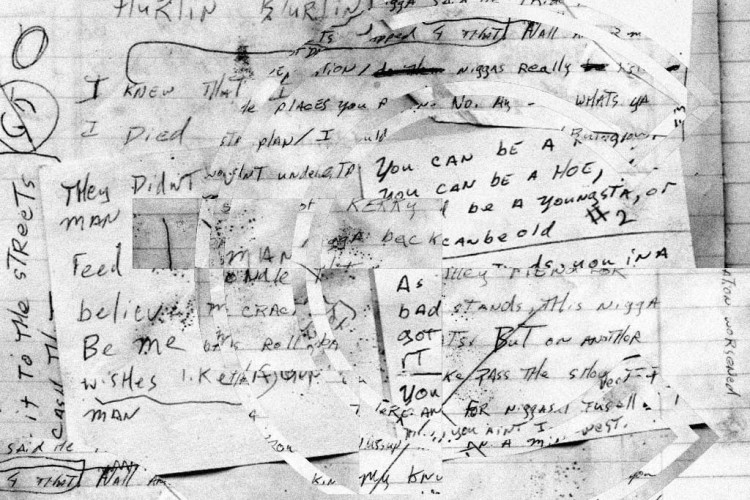
I.
I recently moved into a small accommodation near my workplace so I could spend less time on the road – yes, the commute in Jakarta is rarely an agreeable venture.
But now my office journey involves shuffling out of my room and locking the door; pacing to the stairs (or into the elevator if I’m lazy) and down; climbing onto street-level using a steep ramp connecting the underground parking to the outside world; turning right and balancing myself along a badly cracked sidewalk interlaced with similar ramps that seem like the hardened overflow of lava; circumnavigating the passing cars and pausing on the road barriers before making my way to the other side; carefully tiptoeing across a loosely cemented sidewalk for fear of sputtering mud; and finally walking up to the lobby and into my office. All of which takes a measly 5 minutes to accomplish.
A simple disclosure: I know my route is much shorter than the average commute in Jakarta, and that I risk being figuratively stoned by the majority of its workforce that spends most of their waking hours on the road. But I’m glad that I was able to accomplish one of the simplest and most edifying ways of commuting in the modern day: I walked to work.
A 2004 study for integrated transportation master planning in Jakarta, or SITRAMP, has revealed that walking comprises almost 38% of trips. But the same study reveals that walking is the second least preferred mode of transport out of the 21 you can find in this city. If I’d known any better, we now view walking no longer as an act unto itself, but as just another means to an end.
Even in a motor vehicle-heavy city such as Jakarta, we tend to take our legwork for granted when it comes to commuting. According to Ria Hutabarat Lo, an Indonesian urban studies expert, walking is the main mode of transportation: it comprises a small portion of all other trips because people become pedestrians when they get out of vehicles or dismount from other modes of transportation.
Oh? Have we forgotten something so self-evident? Our brain muscles have developed so fast that we internalize most of the things we do in the everyday. But the moral to this story is rarely something we think so little of.
It is keyed into a verse from Pablo Neruda: “I stride along with calm, with eyes, with shoes, / with fury, with forgetfulness.”
It seems we all might need a walk to remember.
II.
Other people rarely forget their daily walking rituals, as they have it deeply embedded in work itself. They are embedded in habits, and even chores (which is a bit of work and habit). If you are a physically able person, where and how would you buy your cigarettes? Why, you’d walk to a warung. If you need to grab some cash from the ATM, how do you get there? Most of the time, you walk. If you pray at your local religious institution, how would you normally go? By walking.
But let’s not univocally perceive our excess walking as transit or destination walking. Our walks also touch on the notion of walkability, a term that is just as tricky to define as it is to navigate through a gritty kampung. Plainly said, you justify your eagerness to walk by the ease of access. You either walk on an accessible sidewalk, or you don’t. You either make the effort to walk to a place that can comfortably reach.
One blatant example of the “unwalkable” destination is the Kemang Village shopping center; No one I know would walk to the place, due to its lack of walking spaces. Everyone enters through a winding, sidewalk-free road that takes you across a vast space just as a gondola would bring ski-farers to the summit of a snowy mountain. It is secluded and inclusive at the same time, a place walkers walk in the mall but must get there by way of the wheel. And they get confused because the shuttle bus has been discontinued due to a lack of pedestrians?
The walkable is thus characterized by our immediate surroundings. The places where we subscribe to the everyday. Domicile and territory, it is the neighborhood. It is where you find the warung, the masjid, the ATM. It is the way you take to the nearest angkot and a place where most of your exterior and interior exchanges take place. It is the ueberlokal, the metaphysical gated community. It is your comfort zone.
And my, my, if only Jakarta was built with it in mind. It still can be.
III.
Indeed it seems we have forgotten what it means to walk within our own means. We should be thrifty to the weight of our footfall. There are no credit cards for feet, you know. And aside from that, it may do well for the surrounding community.
Life on the street is often the life we are immune to. According to the Monocle: Guide to Better Living, “cities designed to promote good street life are better for small businesses, health, security and everyone’s general happiness. A walkable city also offers shorter commutes, convenient corner shops and neighborhood restaurants and bars.” The neighborhood is the backbone of a bustling community. And keeping things in a smaller scale helps to keep us walking. If Jakarta was made to grow as a cluster of tightly-knit neighborhoods – each with its own discrete charm – then we would be able to help solve the seemingly irresoluble issue of traffic. Why would you go to a cafe in a mall on the other side of the city, when you can save time and energy in a local jaunt that is just as comfortable? Would you go to the cigarette factory to buy your smokes?
I believe that this sort of city-of-boroughs idea is possible, and vital, for a walkable Jakarta. So let’s not wait for the infrastructure to appear before we commit to walking in Jakarta. Let’s make enough demand to turn our beloved city into a trove of walkable treasures. Godspeed!











